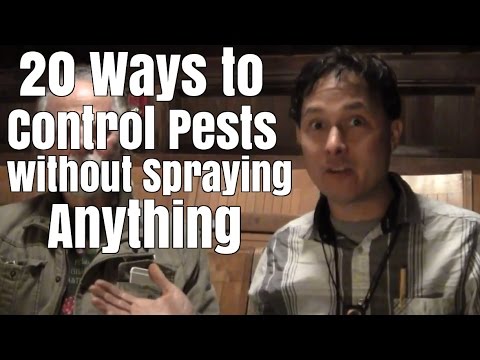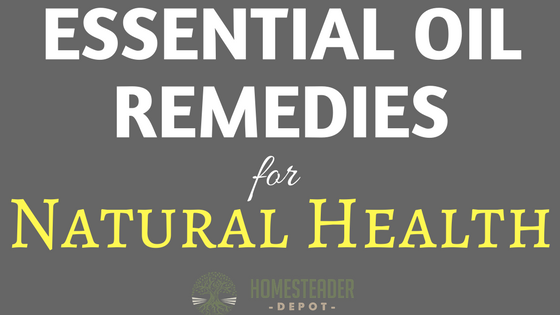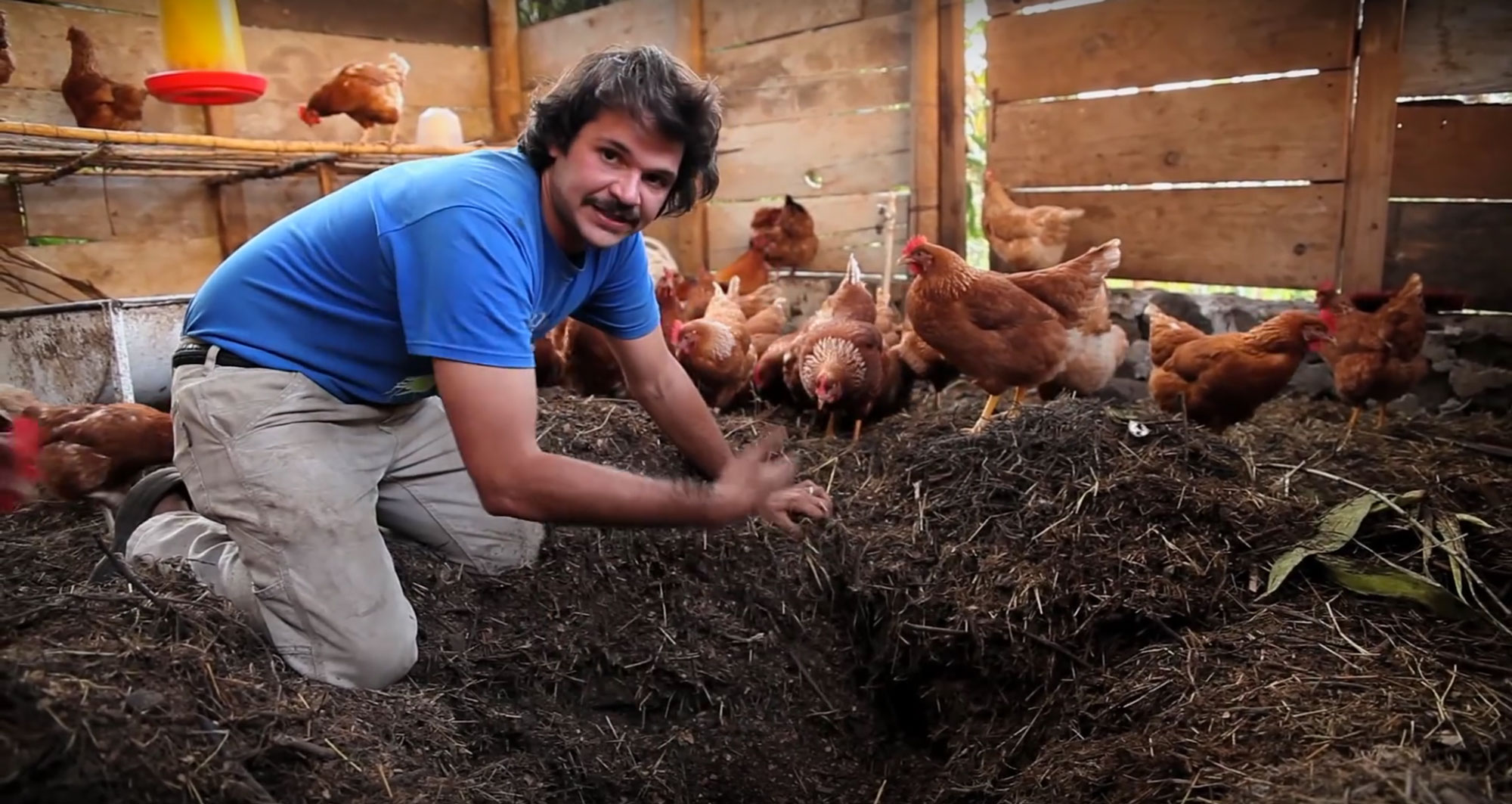20 Ways to Control Your Pests Without Spraying Anything (Video)
One of the principal reasons to go organic when it comes to your garden is to avoid toxic chemicals. However, there’s a reason cheap pesticides are appealing to so many farmers: pests are a real pain, and can destroy your whole crop, even your whole garden. So, you’ll need to find some natural alternatives to pesticides, … Read more








